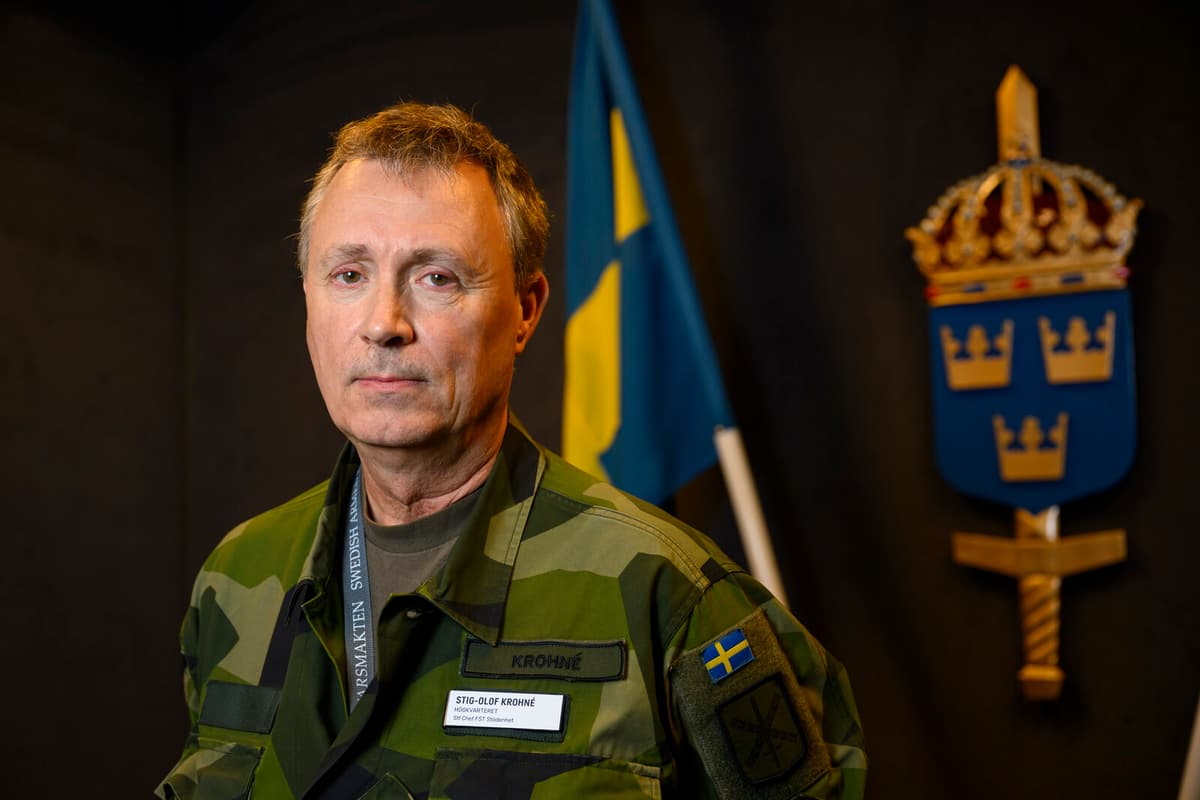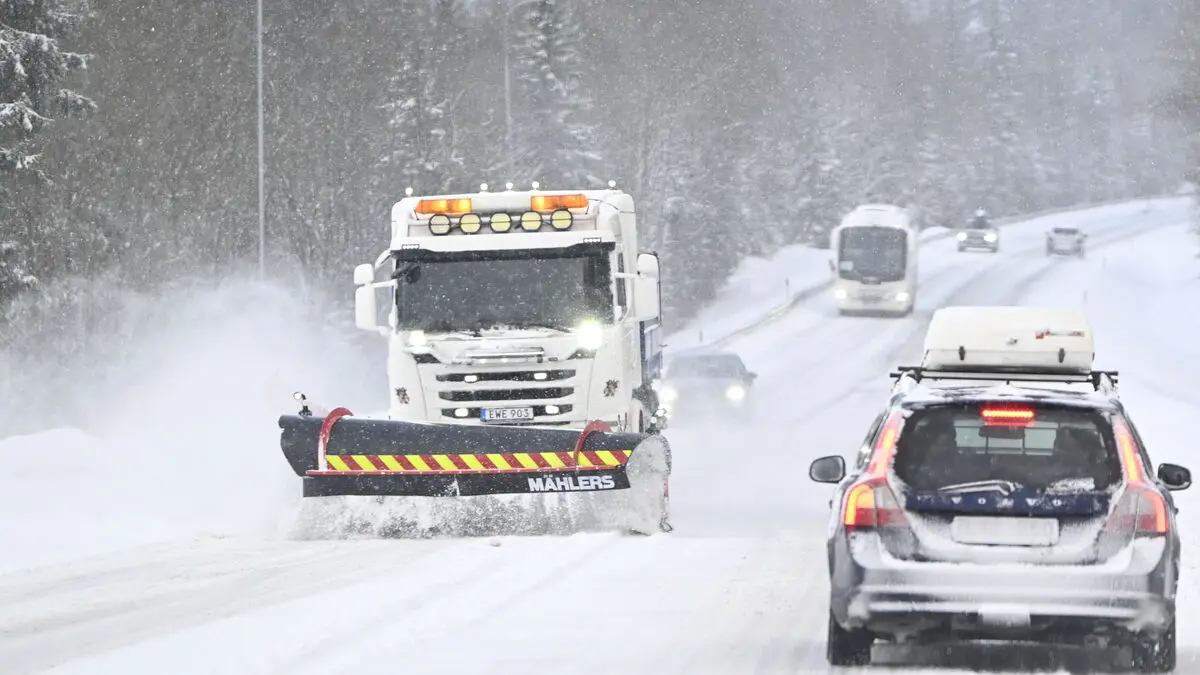The debate has been intense since the government announced last week that 13 applications for offshore wind power in the Baltic Sea have been rejected.
Now, the Swedish Armed Forces are commenting on the decision for the first time.
Our mission is to defend Sweden and the alliance against an armed attack, and that must be taken into account. It's about Sweden's security, says Brigadier General Stig-Olof Krohné, responsible for infrastructure issues.
I think the government has made a very responsible decision, weighing different societal interests against each other.
Radar in the turbines
The criticism has been about how Sweden will ensure its electricity supply in the future and whether some of the wind farms could be built with certain technical adjustments, such as installing sensors for radar surveillance in the turbines to compensate for obstructed visibility.
Technology companies may think it's a very good solution. But put it in the whole perspective. Who owns the wind farm, what are the legal conditions, what are the international law aspects when we install military equipment on civilian parts? That's not been investigated either. Who is responsible for protection and surveillance?
It's not just a matter of saying we're putting sensors on a wind turbine. It's complex, says Stig-Olof Krohné.
At the same time, Saab's CEO Micael Johansson says in interviews that they have developed technology that counteracts the risks.
But the Swedish Armed Forces do not see a technical solution today that eliminates all risks, both below and above the surface.
I haven't seen any company today that can solve that part, says Krohné.
Detecting robots
The brigadier general understands the need for secure, robust energy supply and acknowledges that the government's decision is tough.
At the same time, other countries around the Baltic Sea, such as Poland and Denmark, have built offshore wind farms with technical measures.
We have a geographical location that differs significantly from other countries, says Stig-Olof Krohné.
The government has said that the line of sight towards Kaliningrad must be kept free, so as not to halve the time a cruise missile can be detected. But focusing only on Kaliningrad does not give a fair picture either, according to Krohné.
I wish I could draw and tell you, but I don't.
He wishes that Sweden gets a guidance system in place so that planning for new energy production becomes more predictable.
13 applications to build offshore wind power have been rejected, including the Skåne offshore wind farm south of Ystad and the Aurora project between Öland and Gotland.
The Poseidon wind farm off Stenungsund has been approved by the government. The park, with up to 81 wind turbines, is estimated to be able to deliver up to 5.5 TWh per year.
In May 2023, two wind farms got the green light – Kattegatt Syd off Falkenberg and Galene off Varberg. They comprise around 100 wind turbines that can produce 6.5 TWh per year together.
Ten more projects are waiting for a decision.
Source: The Government





